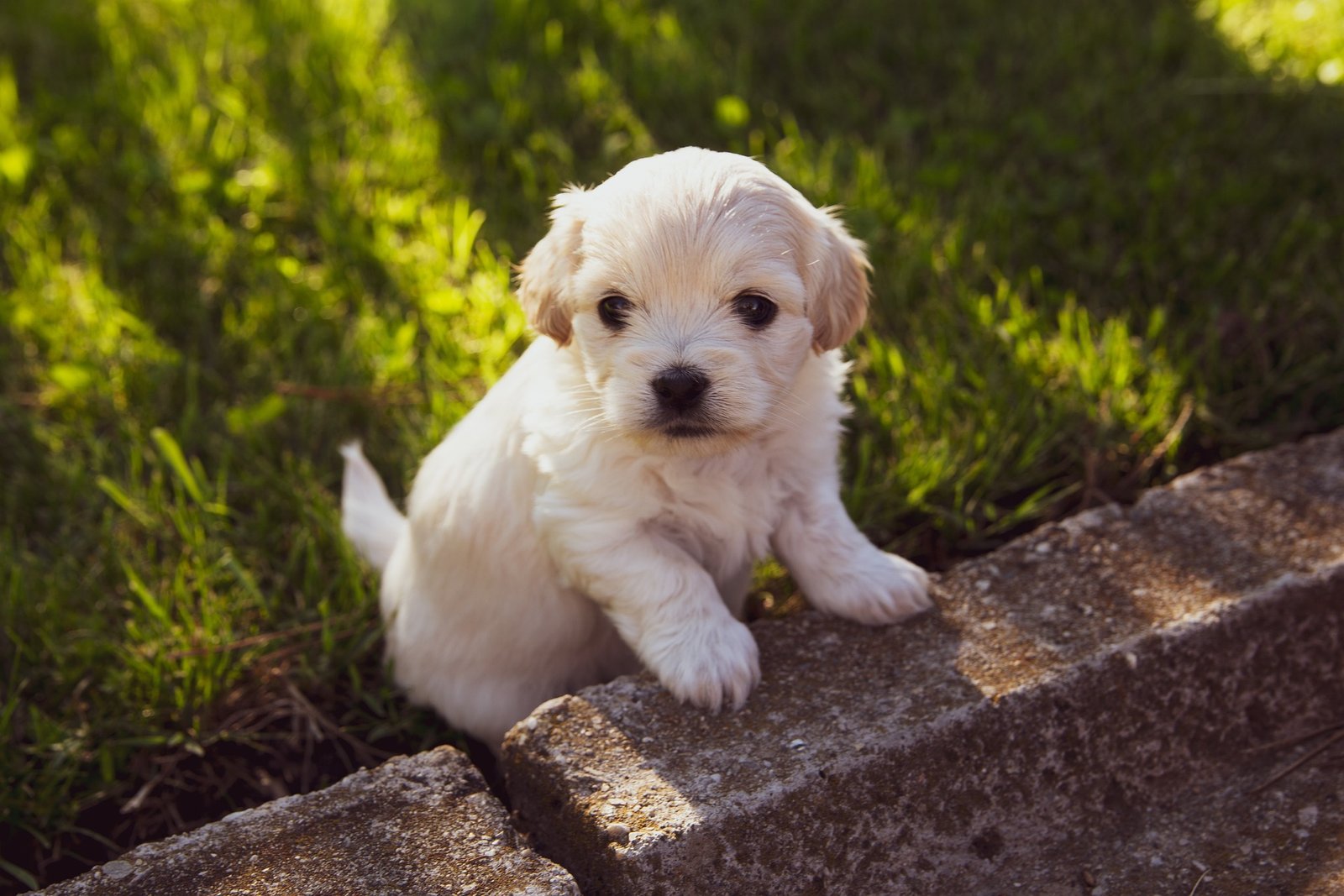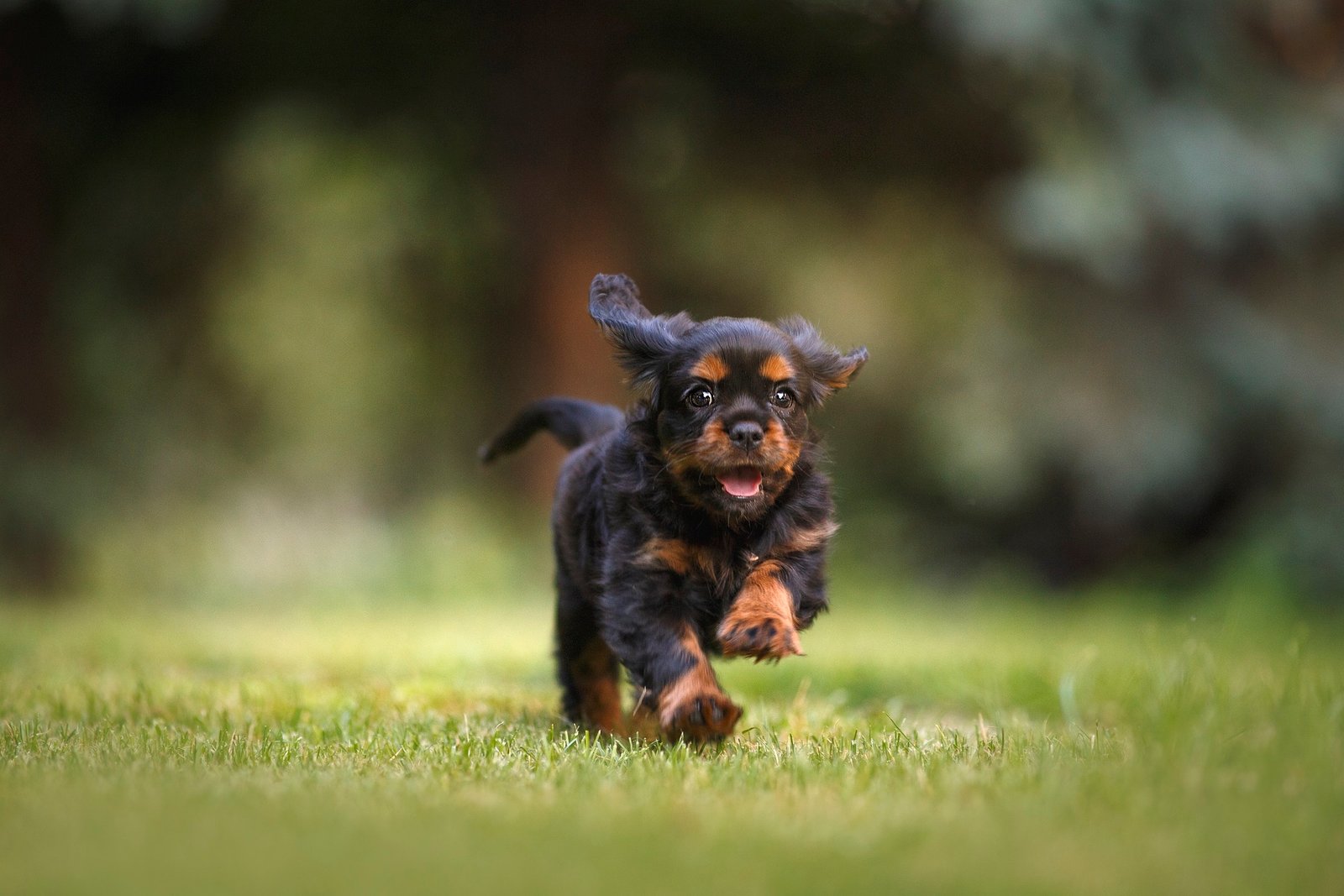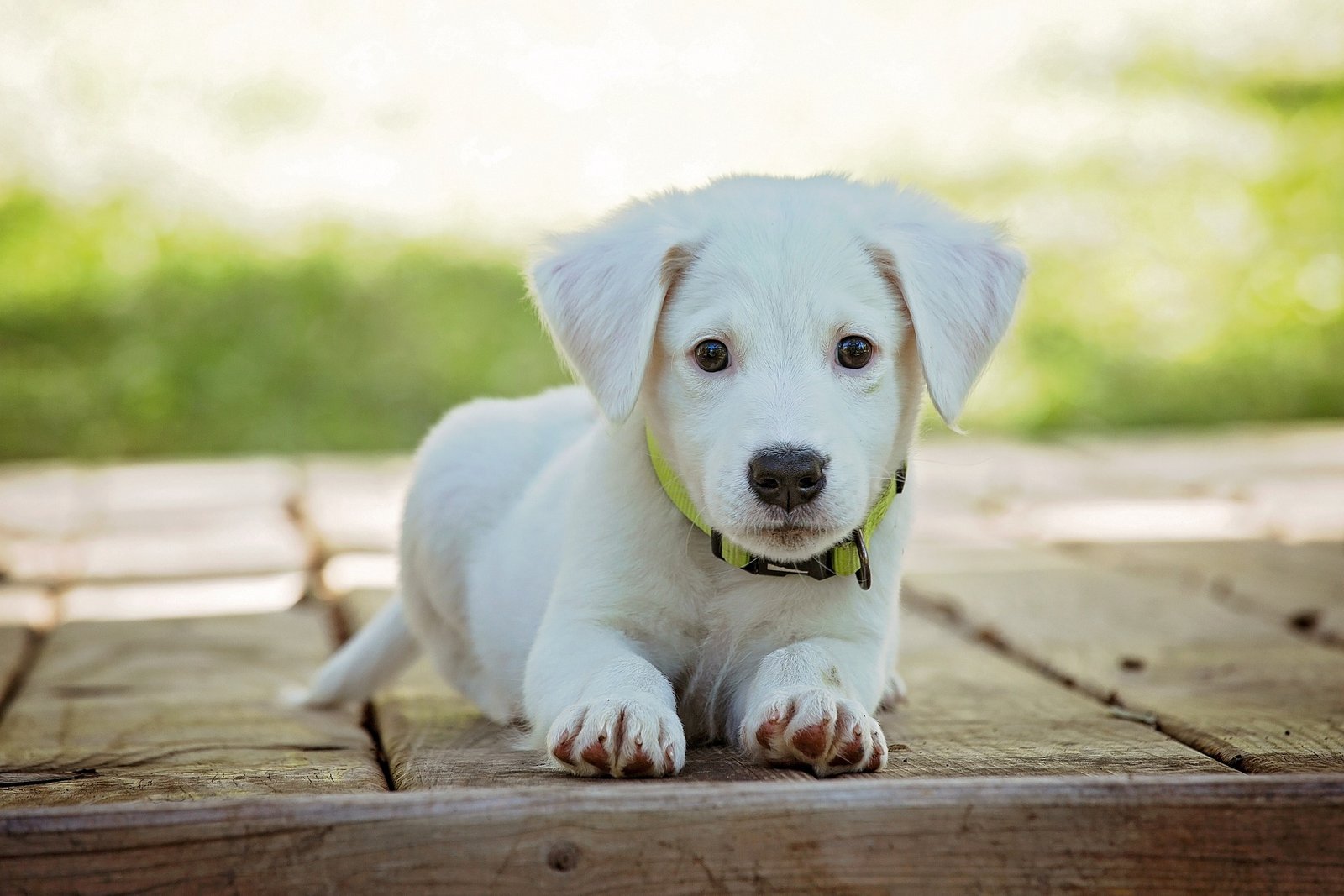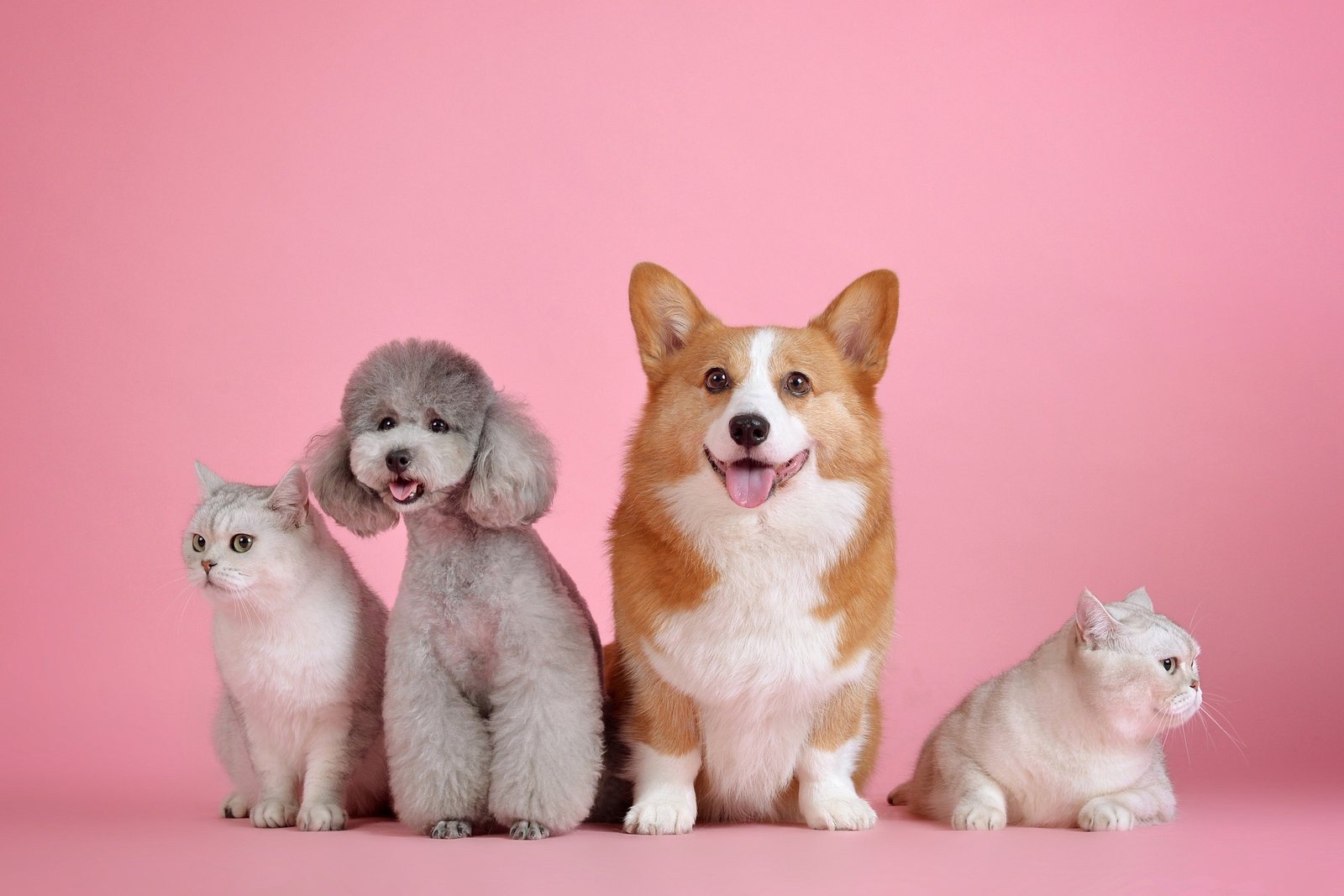
Why Is My Dog Scooting Its Butt?
If you’ve ever seen your dog dragging its behind across the floor, you might have wondered, “Why is my dog scooting its butt?” While this behavior can be amusing, it often signals an underlying issue that requires your attention. Understanding the reasons behind butt scooting can help you determine the appropriate steps to take to ensure your dog’s health and comfort. In this blog post, we’ll explore the common causes of butt scooting in dogs, the role of anal glands, and what you can do to help your furry friend.
What Does Scooting Mean?
Scooting is when a dog drags its rear end along the ground, typically using its front legs to push itself forward. This behavior is usually indicative of discomfort in the anal area, and it’s often accompanied by other signs such as licking or biting at the area. While occasional scooting might not be cause for alarm, persistent scooting can suggest a medical issue that needs to be addressed. Dogs may scoot on carpets, grass, or even hardwood floors, making it more noticeable to pet owners.
Understanding your dog’s body language can provide additional clues. For instance, if your dog appears restless, frequently looks back at its rear, or exhibits signs of distress while scooting, these can all indicate a deeper issue. Observing these behaviors closely can help you gauge the urgency of the situation.
Common Causes of Butt Scooting
1. Anal Gland Issues
One of the most common reasons dogs scoot their butts is related to the anal glands in dogs.
What Are Anal Glands? Dogs have two small glands located on either side of their rectum, often referred to as “butt glands.” These glands produce a foul-smelling liquid that serves various purposes, such as marking territory and facilitating social interactions. Typically, the glands are expressed naturally during bowel movements, but they can occasionally malfunction.
Impaction: When the glands don’t empty properly, they can become full, leading to a feeling of pressure that causes dogs to scoot in an attempt to relieve discomfort. Impacted glands can also lead to painful inflammation, which might require veterinary intervention.
Infection: Infected anal glands can be particularly painful and may also lead to pus discharge, requiring more intensive treatment. Symptoms of infection may include swelling, redness, and an unpleasant odor. If you notice any of these symptoms, it’s crucial to seek veterinary care promptly.
2. Parasites
Another common culprit behind butt scooting is intestinal parasites, such as worms.
Worms: Tapeworms and other intestinal parasites can cause itching around the anal area, prompting your dog to scoot to alleviate discomfort. Tapeworms, in particular, are often visible in the dog’s stool, resembling small grains of rice. If your dog is scooting and you suspect parasites, a fecal test can help confirm the diagnosis.
Fleas: Fleas can also contribute to irritation, especially if a dog is allergic to flea bites. An allergic reaction to flea saliva can lead to intense itching and scratching, prompting your dog to scoot. Regular flea prevention is crucial for maintaining your dog’s comfort and health.
3. Skin Irritation
Skin irritation around the anal area can also lead to scooting.
Allergies: Dogs can develop allergies to food, environmental factors (like pollen or dust), or grooming products that cause skin inflammation. Allergies may present as redness, swelling, or dryness, making the anal area particularly sensitive and itchy.
Infections: Bacterial or fungal infections in the skin around the rear end can lead to itching and irritation, prompting scooting behavior. These infections may develop due to moisture, poor hygiene, or underlying health issues. Signs of infection may include swelling, discharge, and an unpleasant odor.
4. Foreign Objects
Sometimes, foreign objects can become lodged in the anal area or rectum, causing discomfort.
Foreign Material: Items like grass, sticks, or even small toys can cause irritation, leading your dog to scoot in an attempt to dislodge the object or alleviate discomfort. If you suspect this is the case, carefully check your dog’s rear and consult your vet if you find anything unusual.
Rectal Prolapse: In rare cases, a rectal prolapse (when the rectum protrudes from the anus) can cause significant discomfort, prompting scooting and requiring immediate veterinary attention. Symptoms may include visible swelling or a mass protruding from the anus.
5. Other Health Issues
Scooting can also be a symptom of other underlying health issues.
Digestive Problems: Conditions like diarrhea or constipation can lead to discomfort in the anal area, prompting your dog to scoot. If your dog is experiencing any gastrointestinal issues, such as frequent vomiting or changes in appetite, it’s important to consult your veterinarian.
Neurological Issues: Although less common, certain neurological conditions can cause abnormal behaviors, including scooting. If you notice any other unusual behaviors, such as difficulty walking or coordination issues, it’s best to consult a professional for a thorough evaluation.
What to Do If Your Dog Is Scooting
1. Consult Your Veterinarian
If your dog is scooting persistently, it’s crucial to consult your veterinarian. They can conduct a thorough examination to identify the underlying cause and recommend appropriate treatment options.
Diagnostic Tests: Your vet may perform tests, such as a fecal exam, to check for parasites or a physical exam to assess anal gland health. Blood tests may also be necessary to rule out systemic issues or infections.
2. Regular Grooming
Keeping the anal area clean and well-groomed can help prevent some of the issues that lead to scooting.
Hygiene: Regularly check and clean your dog’s rear end, especially for long-haired breeds that may accumulate debris. Use dog-safe wipes or a damp cloth to gently clean the area, ensuring you don’t irritate the skin further.
3. Monitor for Other Symptoms
Keep an eye on your dog for any other signs of discomfort, such as:
– Excessive licking or biting at the anal area
– Changes in bowel habits (diarrhea, constipation)
– Foul odor coming from the anal area
– Swelling or visible lesions
Documenting these symptoms can help your vet in diagnosing the issue and determining the most effective treatment.
4. Dietary Considerations
A healthy diet can promote regular bowel movements and help prevent anal gland issues.
Fiber Intake: Consider adding fiber to your dog’s diet to help ensure regular bowel movements, which can assist in naturally expressing the anal glands. Options include pumpkin, sweet potatoes, or specially formulated dog foods designed for digestive health.
5. Parasite Prevention
Ensure your dog is on a regular parasite prevention program.
Flea and Tick Prevention: Use veterinarian-recommended flea and tick preventatives to protect your dog from infestations. Regularly checking your dog for fleas or ticks, especially after outdoor activities, can help catch infestations early.
Regular Deworming: Keep up with routine deworming schedules to prevent intestinal parasites that can cause discomfort. Consult your veterinarian about the best deworming schedule and products for your dog’s specific needs.
Conclusion
Scooting can be an amusing yet concerning behavior in dogs. Understanding the potential causes, especially related to the anal glands in dogs, can help you address the issue more effectively. If your dog is scooting persistently, it’s essential to consult your veterinarian for a thorough evaluation and appropriate treatment. With proper care and attention, you can help your furry friend feel comfortable and healthy once again! Remember, early intervention is key to preventing more serious health issues down the line.




Post Comment